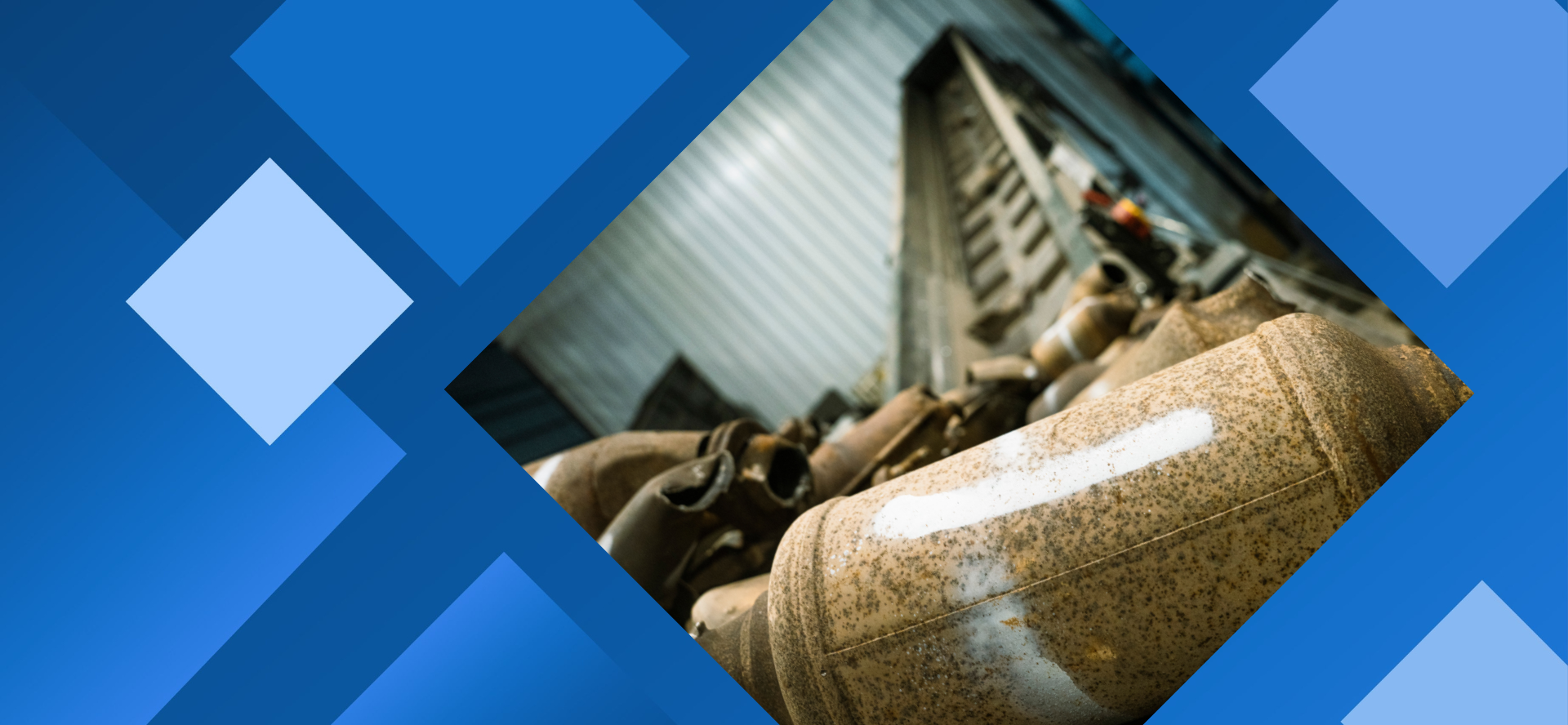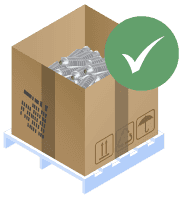Insights
Keep It Simple with Converters

At PMR, we handle a unique type of material, one that often involves complex processes such as assaying, tracking parts per million (PPM), mass balancing, managing ounces, hedging, buybacks, and more. While these terms may sound familiar to those in the industry, most recyclers aren’t fluent in this technical language. That's why, over the years, we’ve focused on simplifying the handling of converters for automotive recyclers. This approach not only makes operations more efficient but also helps recyclers maximize profitability by optimizing each step of the process.
1. Dismantling: The First Step to Maximizing Value
For auto recyclers, the dismantling process is where it all starts. A simple yet effective tip is to cut your converters a few inches from each end. This technique helps you maximize the number of units you can fit into a box. Many yards still rip converters off too aggressively, causing material loss that directly translates into lost revenue. Aim for a "fullness loss" of less than 5% per load. This means the converter should be handled carefully and without over-cutting. On the flip side, avoid leaving long pipes at each end, as this will make it difficult to fit enough converters into a box to make shipping efficient.
2. Security: Safeguard Your Valuable Materials
How you store your converters matters. Every company has its own procedure—some place converters directly into boxes after dismantling, while others use cages, containers, or locked enclosures. While there is no universal "best practice," it’s crucial to find a system that works for your operation and ensures the security of your material.
Converters are valuable commodities, and theft or misplacement can quickly affect profits.
3. Count: Accuracy is Key
An accurate inventory count is non-negotiable. Your count should always be within a 2% margin of error. While technology and human error can never be entirely eliminated, maintaining close accuracy is essential to ensure that the rest of the process runs smoothly.
After shipping, verify the count with your buyer. A reliable partner should provide a detailed receiving count, including documentation such as weights, grades, and even photographs of the material. Having this information on hand makes it much easier to compare your own numbers with theirs, preventing discrepancies and ensuring smooth business operations.
4. Packaging & Wrapping: Maximize Efficiency
Proper packaging is crucial to protect converters during transport and storage. Use dark shrink wrap or place a piece of cardboard over the top of your box to conceal the material. Once the box is securely wrapped, it should be impossible to identify the contents. Many companies also reinforce their packages with additional tape for extra security. Similarly, applying spray paint over the packaging can further obscure the material and prevent theft or tampering.
5. Training: Empower Your Team
A key challenge in converter handling is properly training all staff, especially new employees. Poor handling often stems from a lack of proper onboarding, leading to mistakes like inaccurate counts or poorly secured shipments. It's essential that everyone, regardless of experience, understands the right procedures and the importance of precision. Regular training and clear communication can help prevent these issues and keep operations running smoothly.

